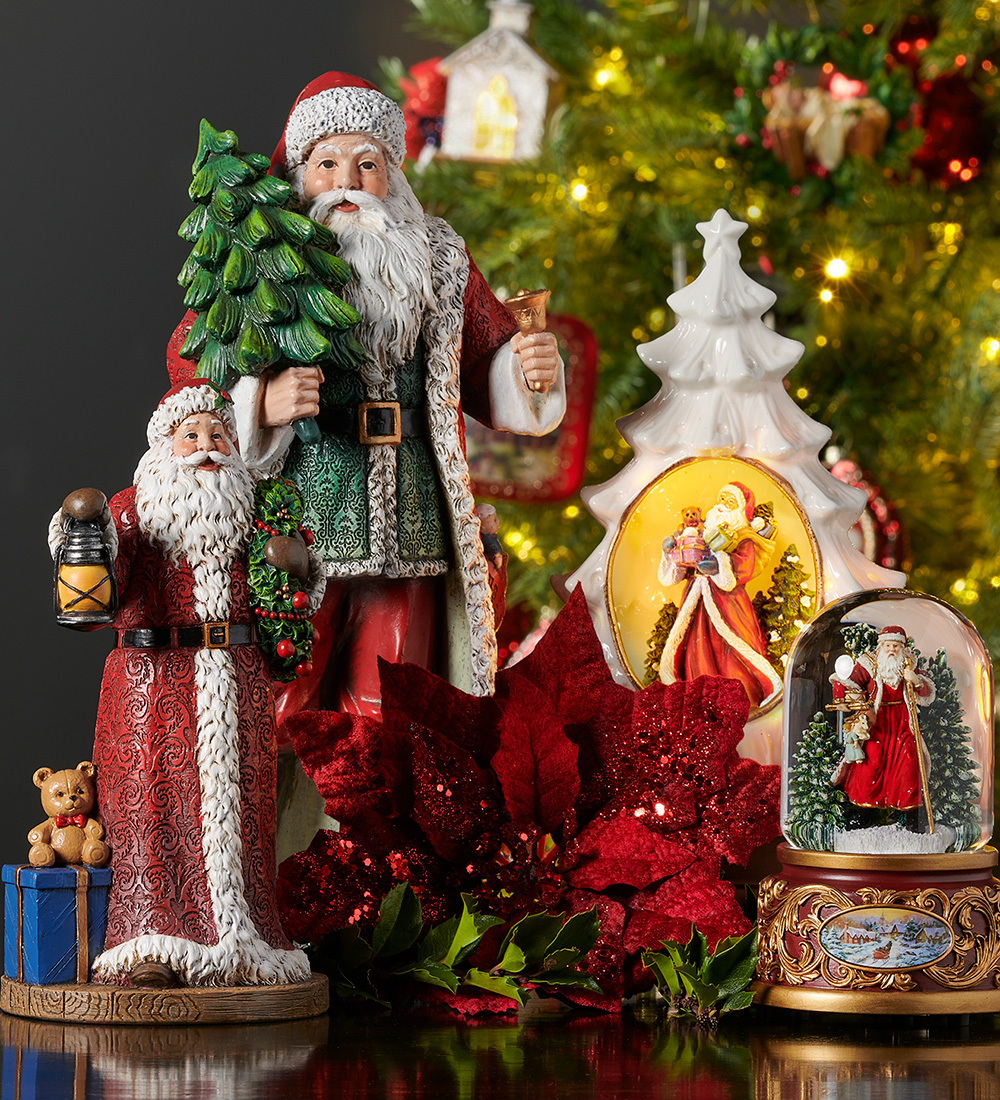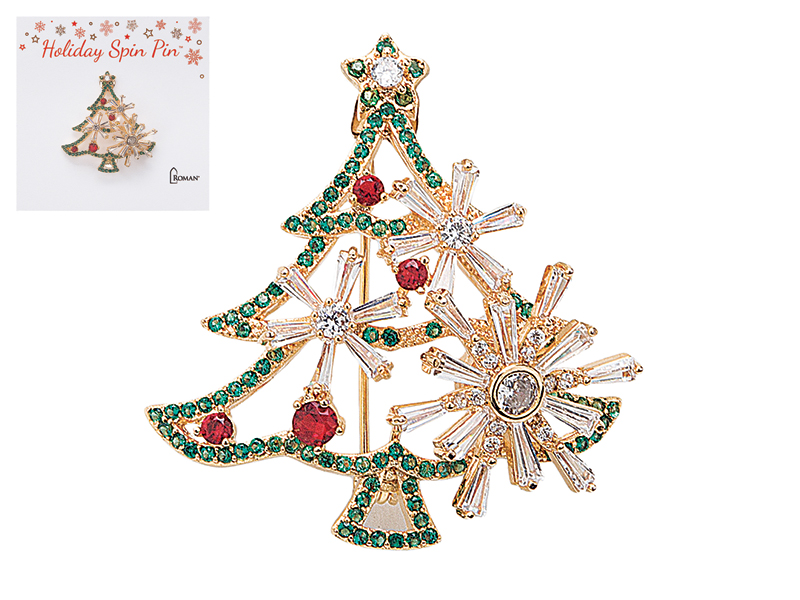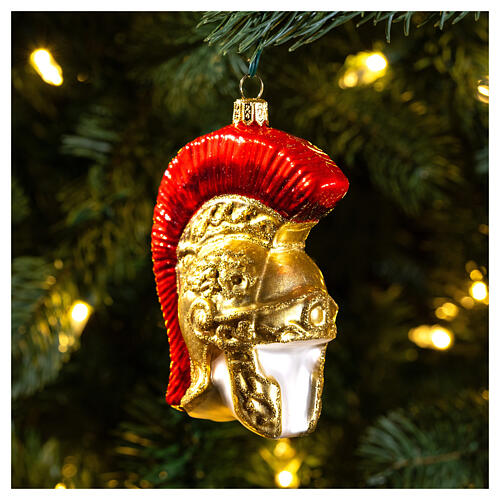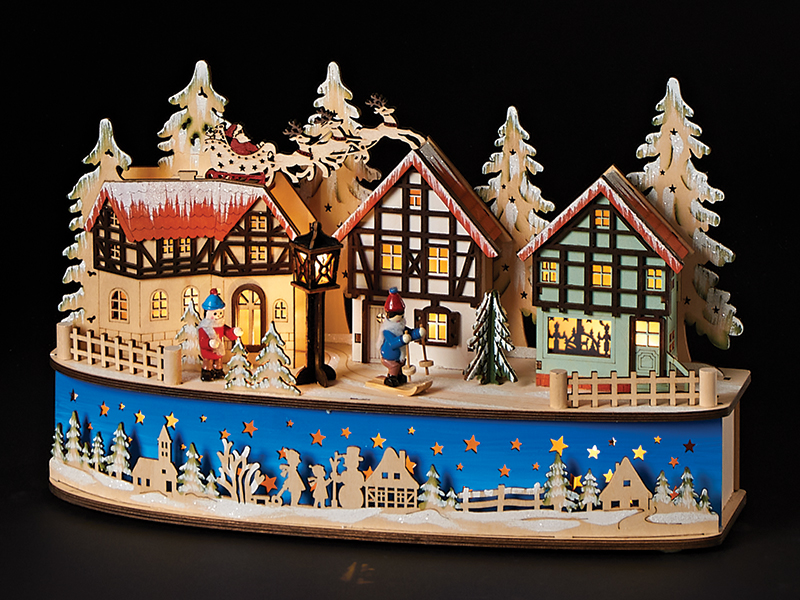As the holiday season approaches, many of us start to think about how to make our homes feel warm, inviting, and festively adorned. One of the most rich and historical styles of decorating for Christmas comes from the enchanting traditions of Roman Christmas decor. In this article, we will explore the delightful elements that make up this timeless style, providing you with inspiring ideas and practical tips to create a festive atmosphere that reflects the spirit of ancient Rome.
What is Roman Christmas Decor?
The essence of Roman Christmas decor lies in its deep-rooted traditions and elegant aesthetics. Unlike the modern commercialized versions of holiday decor, Roman Christmas decor incorporates cultural symbols, rich colors, and natural elements that have been passed down through generations.
Historical Background
Understanding the historical context of Roman Christmas decor adds depth to the overall aesthetic. The Roman Empire celebrated various festivals during the winter months, notably Saturnalia and Sol Invictus, which laid the groundwork for modern Christmas celebrations. Rich fabrics, intricate designs, and emphasis on family and togetherness were central to these ancient festivities.
Key Elements of Roman Christmas Decor
- Rich Color Palette: Deep reds, greens, golds, and earthy tones
- Natural Elements: Use of evergreen branches, fruits, and spices
- Luxurious Textures: Velvets, silks, and brocades
- Symbolic Decorations: Incorporation of religious and cultural symbols
Creating Your Roman Christmas Decor: Step-by-Step Guide
Now that we’ve laid the groundwork, let’s dive into how you can incorporate Roman Christmas decor into your home this holiday season.
Step 1: Choose Your Color Scheme
Start with a color palette that reflects the warmth and richness of Roman decor. Consider pairing deep reds and golds for a traditional approach, or opt for a mix of earthy tones with highlights of vibrant colors.

Step 2: Select Your Natural Elements
Integrate natural elements such as:
- Evergreen garlands and wreaths
- Citrus fruits like oranges and lemons for pops of color
- Spices like cinnamon sticks and cloves for festive aromas
Step 3: Incorporate Luxurious Fabrics
Use tablecloths, throws, and decorative pillows made from velvets and silks. These textures add a touch of opulence synonymous with Roman decor.

Comparison Table: Fabrics for Roman Decor
| Fabric Type | Pros | Cons |
|---|---|---|
| Velvet | Rich texture, luxurious look | Can be costly and requires special care |
| Satin | Smooth and shiny, elegant finish | May slide easily on surfaces, can be slippery |
| Brocade | Intricate patterns, durable | May be heavy and hard to hang |
Step 4: Add Symbolic Decorations
Consider incorporating symbolic pieces that reflect your heritage or personal beliefs. This could include:
- Christmas nativity scenes
- Angels and stars
- Roman mosaics or artistic replicas

Personal Touch: Sharing My Experience
Having embraced the Roman Christmas decor style in my home for years, I can personally attest to the warmth and connection it brings. Each ornament tells a story, whether it’s a hand-painted nativity piece from a local artist or a family heirloom that has been passed down through generations. These details not only beautify your space but also create an atmosphere of nostalgia and celebration.
Pros and Cons of Roman Christmas Decor
Pros
- Rich cultural heritage adds significance to your decor
- Unique and personalized decoration options
- Encourages the use of natural materials

Cons
- May require more effort and planning compared to modern decor
- Can be costlier due to the use of high-quality fabrics and materials
- Potentially less streamlined than minimalist approaches
Tips for Maintaining Roman Christmas Decor
Once you’ve set up your Roman Christmas decor, maintaining its beauty throughout the holiday season can be a challenge. Here are some tips:
- Regularly refresh natural elements like evergreen branches to keep them vibrant.
- Use scented candles to enhance the warm, festive atmosphere.
- Care for your fabrics with appropriate cleaning methods to prolong their life.

FAQs About Roman Christmas Decor
What are the traditional colors used in Roman Christmas decor?
The traditional color palette includes deep reds, greens, golds, and earthy tones, reflecting the warmth and opulence of Roman culture.
How can I incorporate Roman Christmas decor in a modern home?
You can blend traditional Roman elements with modern design by using statement pieces, choosing a few key decorative items, and keeping the overall aesthetic cohesive through color and texture.

Are there DIY options for creating Roman Christmas decor?
Absolutely! You can create your own garlands, wreaths, and even ornaments using natural elements, which not only saves money but also adds a personal touch to your decor.
What are some budget-friendly ideas for Roman Christmas decor?
Use items from nature, such as pine cones and berries, and look for fabric remnants from local craft stores to create beautiful decor on a budget.

Conclusion: Embrace the Spirit of Roman Christmas Decor
As you prepare for the holiday season, consider embracing the spirit of Roman Christmas decor. By incorporating its rich traditions and timeless elegance, you not only transform your home into a festive haven but also connect with a history that celebrates family, togetherness, and the warmth of the season. Happy decorating!